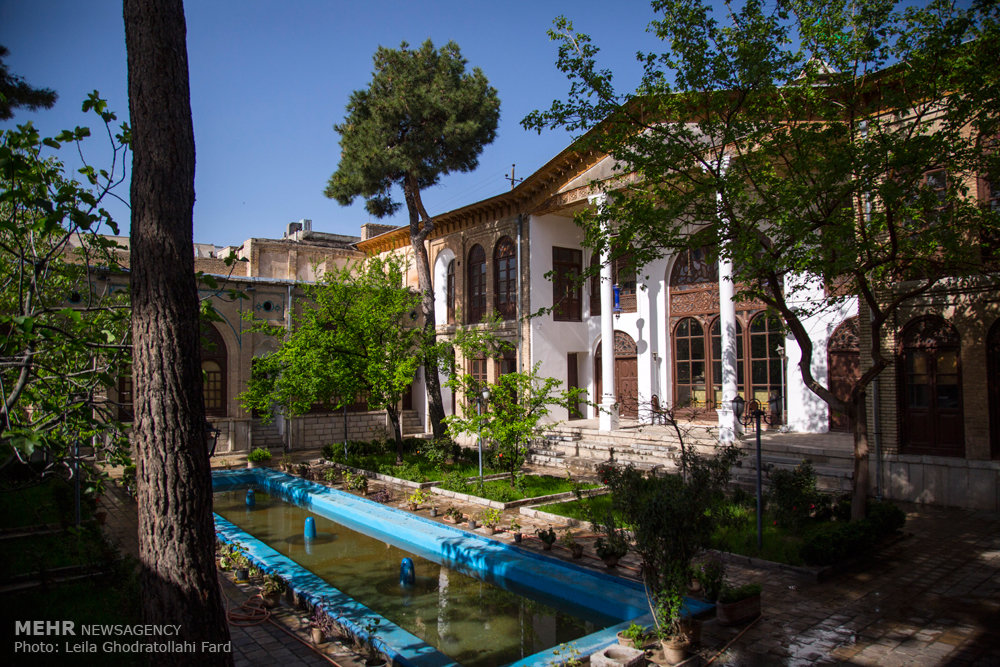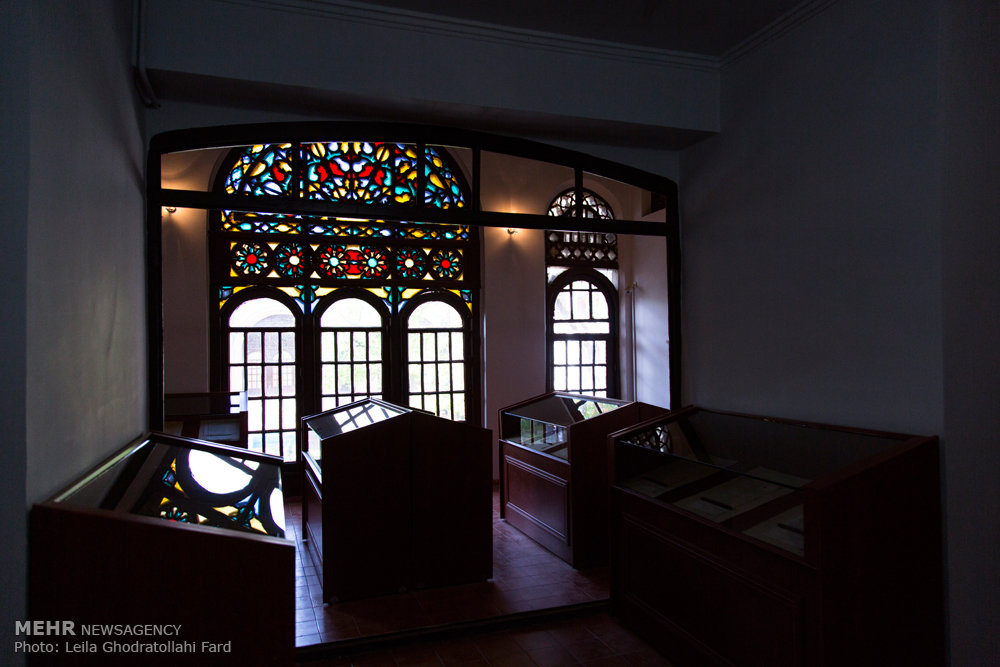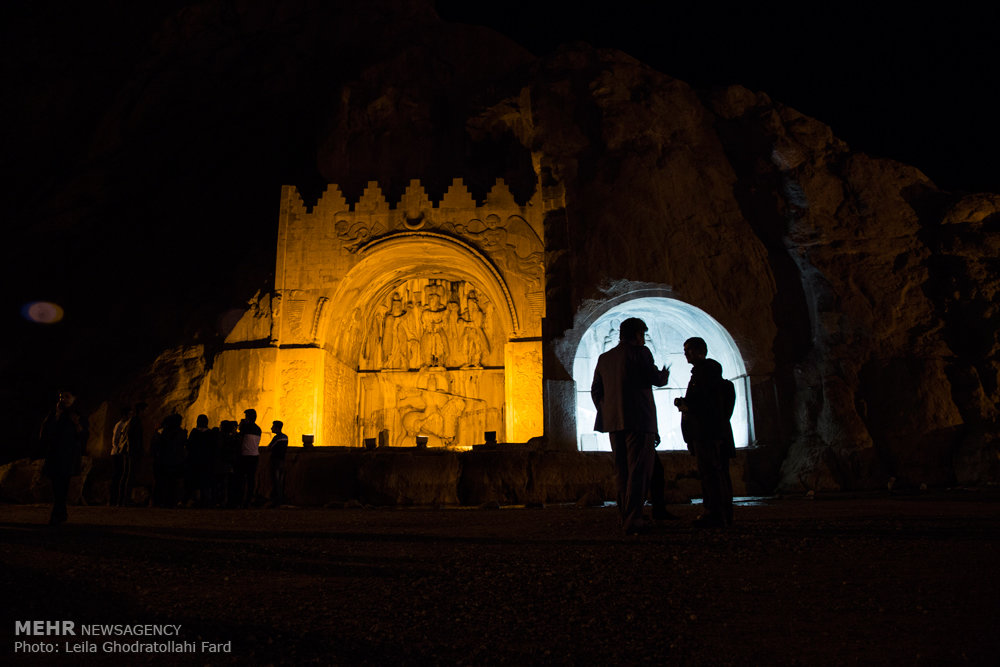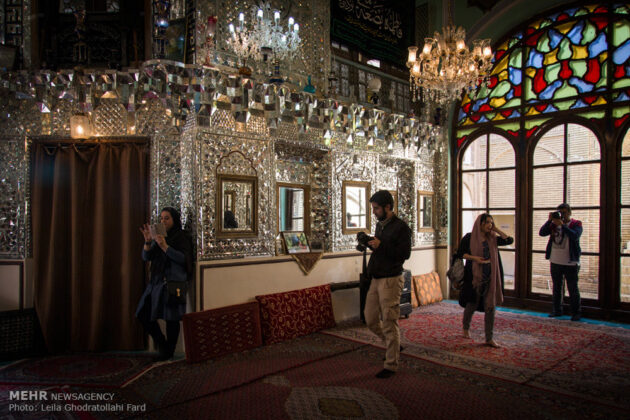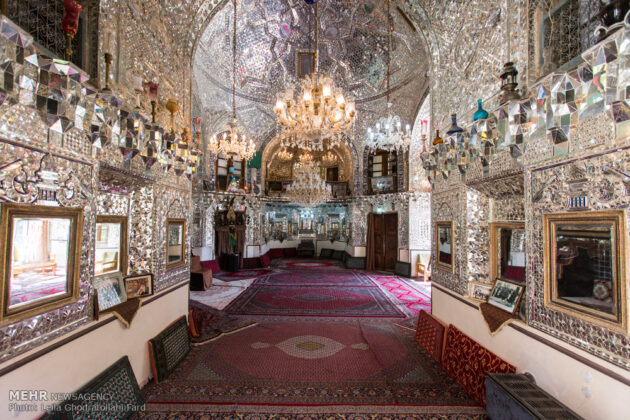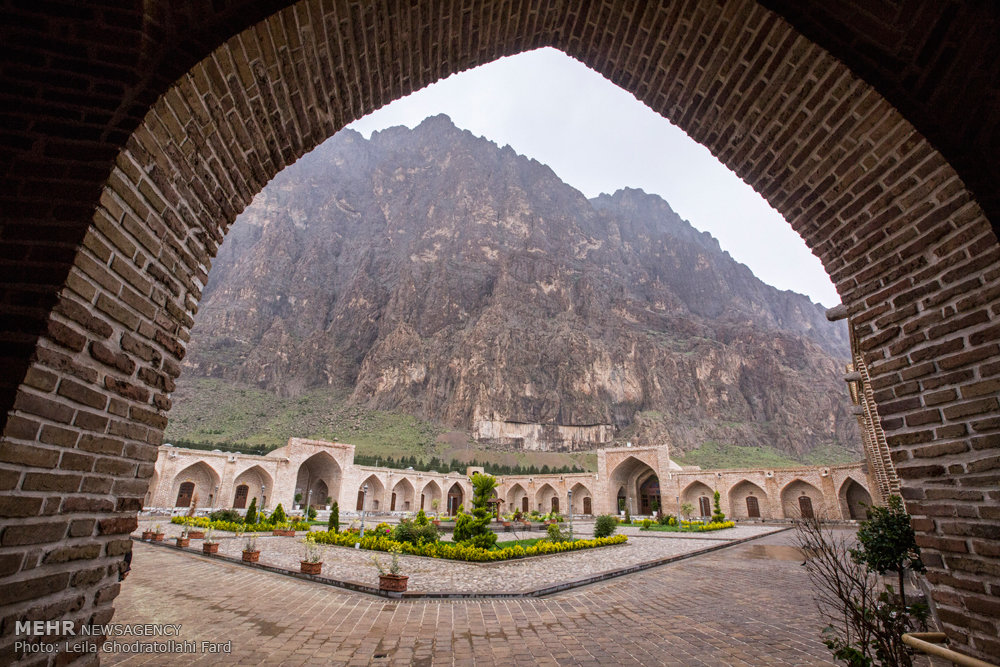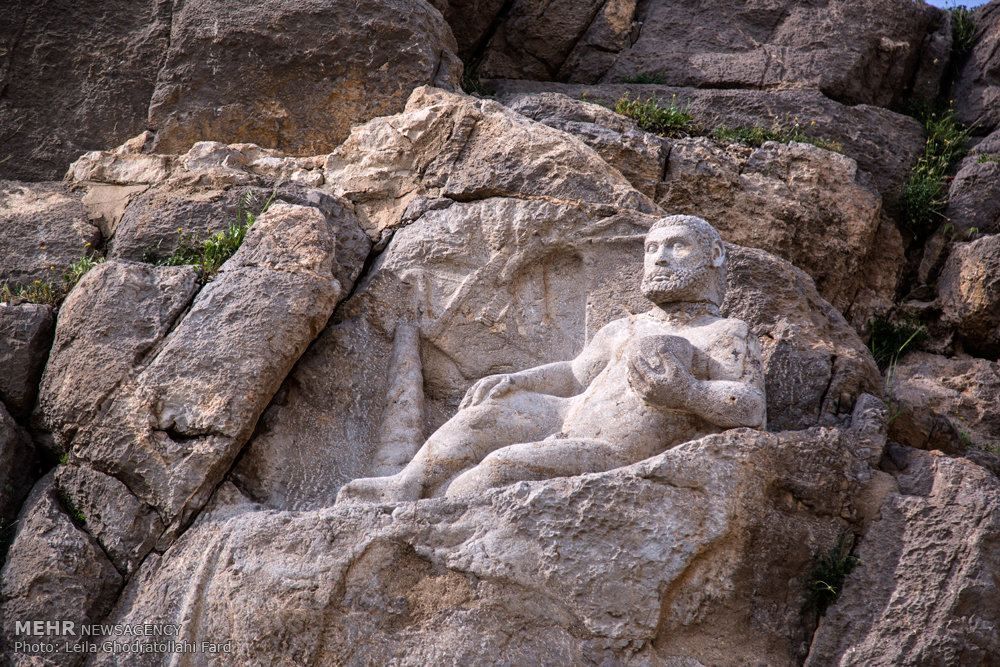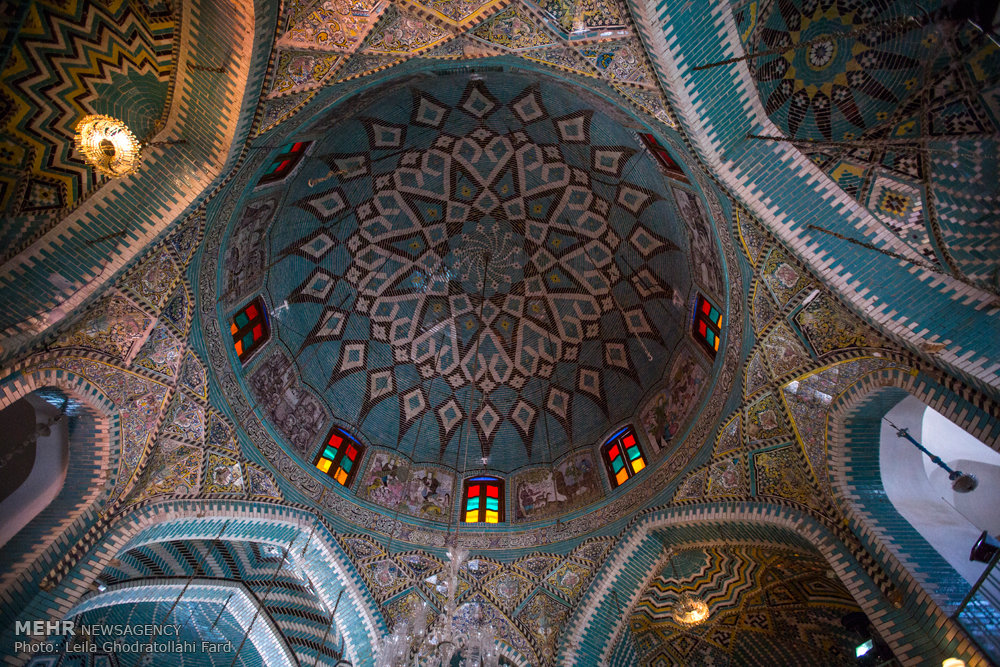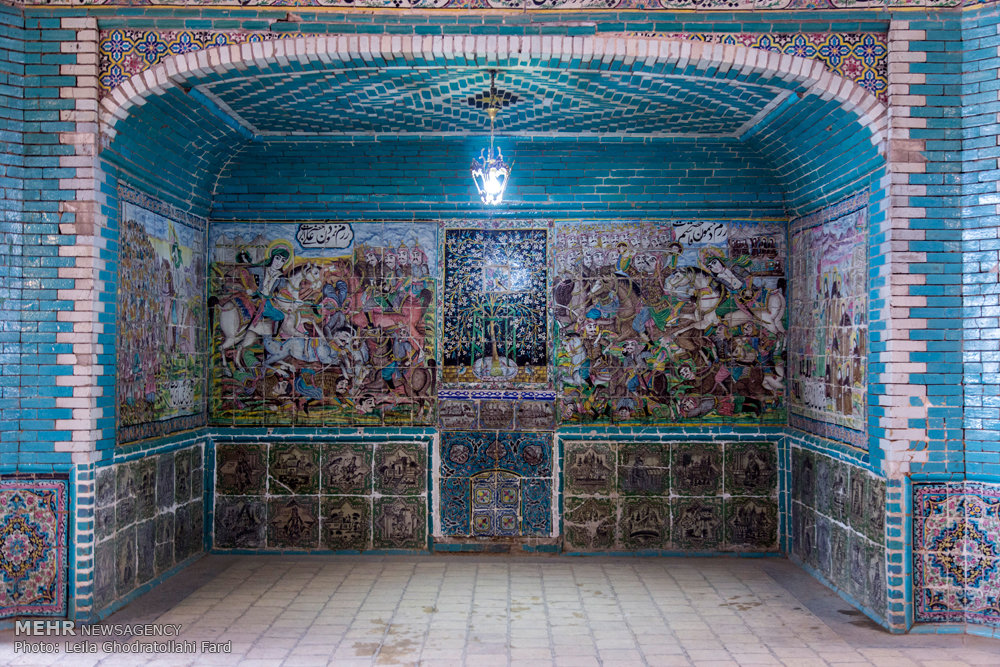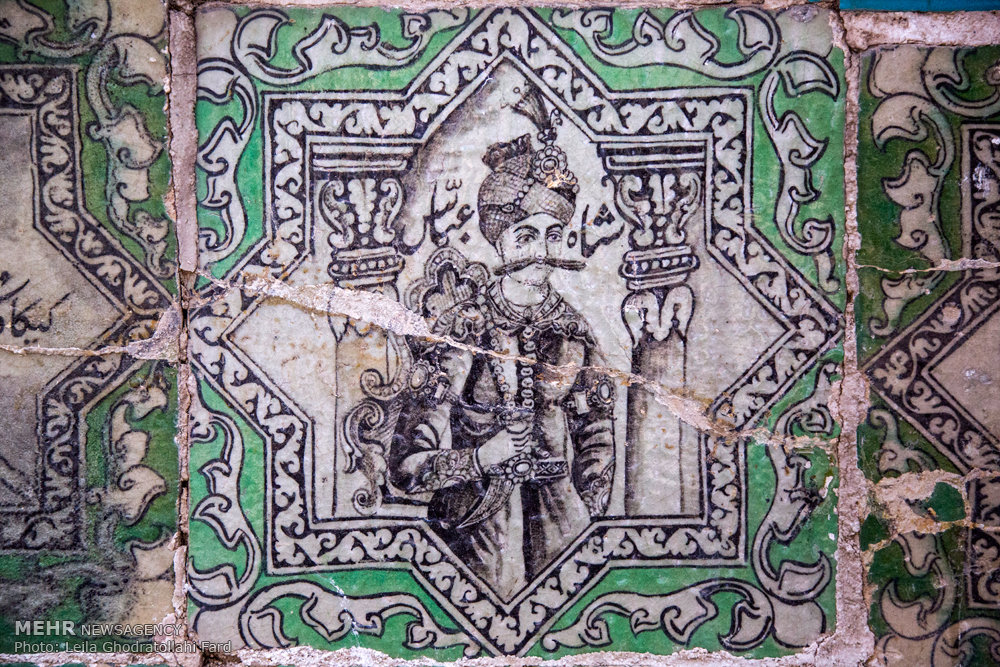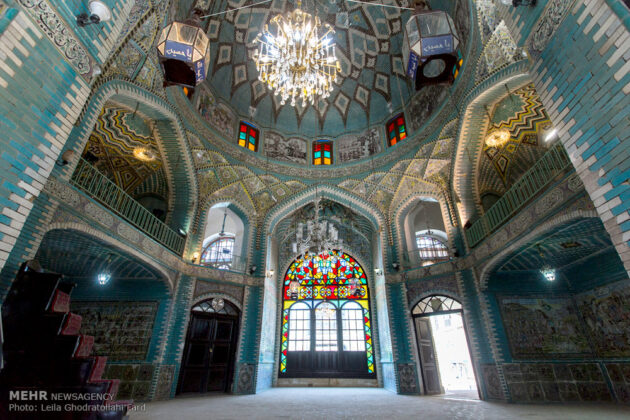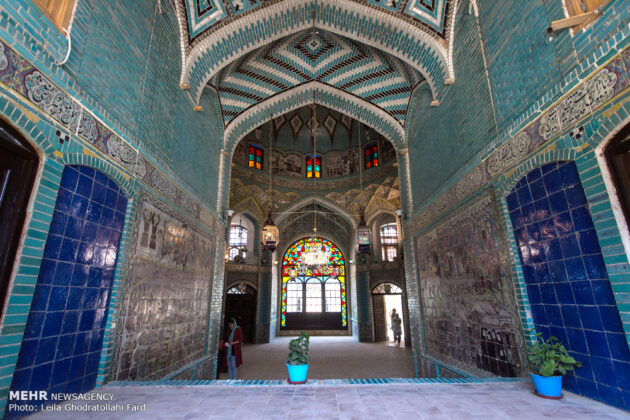Kermanshah is one of Iran’s ancient cities bordered by Kordestan province to the north, Lorestan and Ilam provinces to the south, Hamadan province to the east and Iraq to the west. Kermanshah is a semi-mountainous region which lies on the Zagros mountain range.
Kermanshah is home to thousands of tourist attractions, including historical sites. It is the cultural and historical jewel of Iran. Out of the 4,500 ancient sites and monuments, 736 have been registered on the list of National Heritage Sites.
Kermanshah is Iran’s eighth largest and ninth most populated metropolis. It is one of the most visited cities in Iran as well. Taq Bostan, Bisotun and the city’s traditional bazaar get the most number of visitors.
Here are Mehr’s photos of the city and a number of its tourist attractions:
The Kermanshah Paleolithic Museum in Kermanshah is the Middle East’s first and only museum showcasing antiquities belonging to the Paleolithic era. It is one of the best specialized museums in the world.
In 2004, a museum of inscriptions and scripts opened at the site of the Biglarbeigi Tekyeh (tekyeh is a place used by Muslims to hold mourning ceremonies marking religious occasions) displaying historical handwritten manuscripts.
The Biglarbeigi Tekyeh is located in the ancient quarters of Kermanshah. It was built during the Qajar era and is unique among Kermanshah’s tekyehs because of its works of mirror art.
The Arc of Bostan located to the right of the entrance to Kermanshah bears inscriptions dating back to the Sassanid era.
The works of mirror art that the hussainia is decorated with was done by Master Mohammad-Ali Tehran in 1974. The beautiful yard there leads to the Biglarbeigi Public Bath. The southern part of the hussainia used to be used to accommodate women mourners during mourning times to keep equipment needed for mourning ceremonies.
Ardeshir II (middle), Ahura Mazda (right) and Zoroaster (left)
The Qoori-Qaleh Cave is Asia’s biggest and most amazing water cave. It is located 86 km from the city of Kermanshah and on the Paveh road and to the north of the city of Javanrood. The cave is Iran’s longest and the world’s biggest water cave.
The Bisotun Shahabbasi Caravanserai has turned into a traditional hotel.
The Hercules Statue in Bisotun. It is the carved-out figure of a muscular man leaning on the hide of a lion. The embossed figure shows a naked and strong person with a wavy beard and hair. The statue is 147 cm high.
The Dome of the Moaven-ul-Molk Takkyyeh, the Zeinabieh Section
A hussainia including a small yard surrounded by numerous arc-shaped chambers and walls decorated with magnificent tile work.
The Zeinabiyah Dome seen from the Abbasiyah Yard
A tableau depicting Hazrat Ali Akbar in the battlefield; the Zeinabiyah section
Square-shaped tiles with a green background and different illustrations, including kings as well as literary, epic and Koranic stories.
A hussainia including a small yard surrounded by numerous arc-shaped chambers and walls decorated with magnificent tile work. The Arc-shaped chambers are covered with tiles depicting mourning ceremonies as well as kings. The chambers also bear verses which describe the monument and the date its tile work ended.
The Moaven-ul-Malek Takkyyeh, a masterpiece of Iranian tile work.
